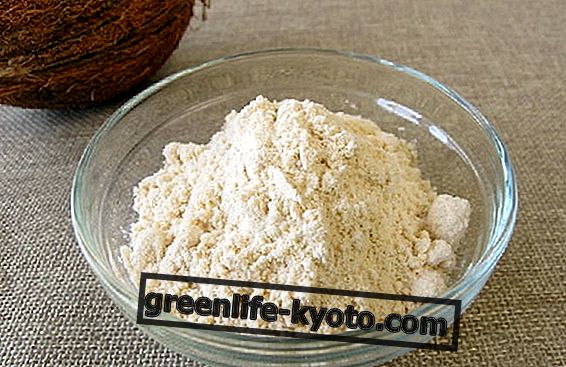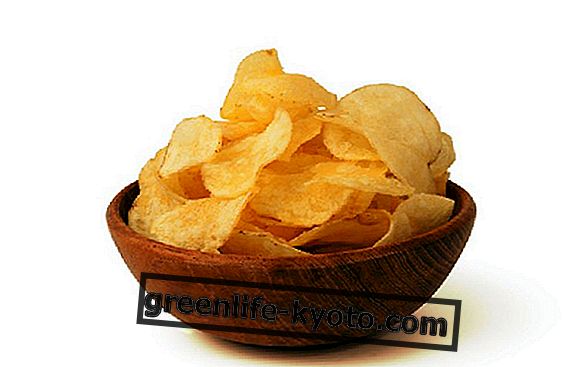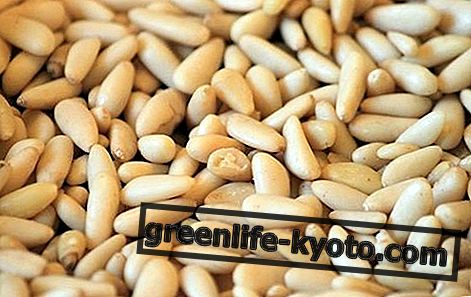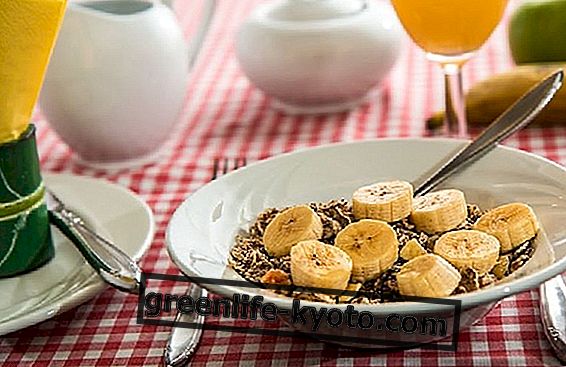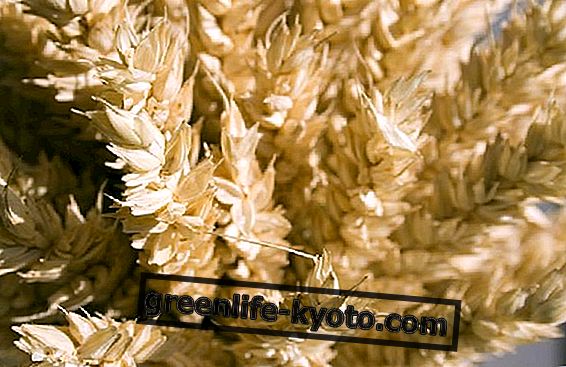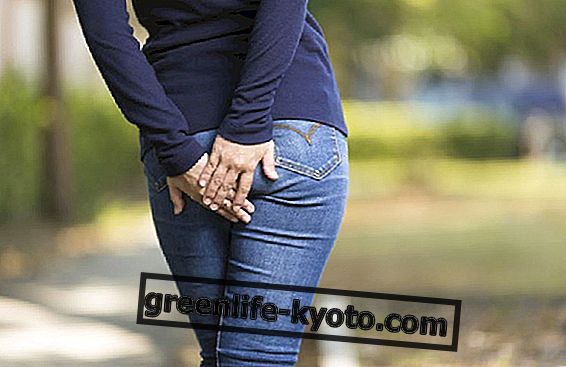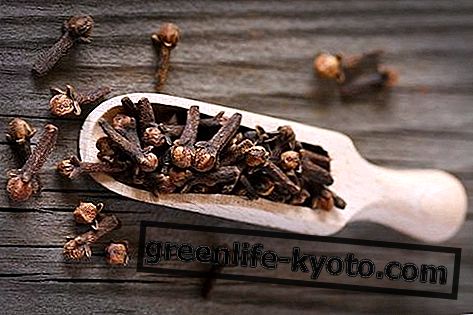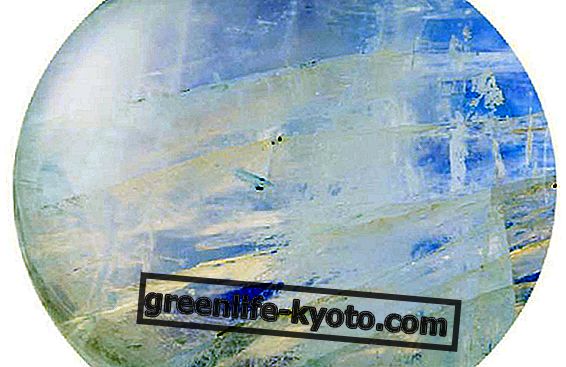Organic cosmetics are cosmetics formulated using agricultural products that come from organic farming, without the use of genetically modified organisms and respecting a list of prohibited substances. Although there is currently no European standard relating to the certification of organic cosmetics, the various regulations drawn up by the bodies that issue the certifications present common guidelines regarding permitted ingredients, prohibited substances and admitted and non-admitted physical and chemical treatments in biological cosmetics.
>
>
>
>
>
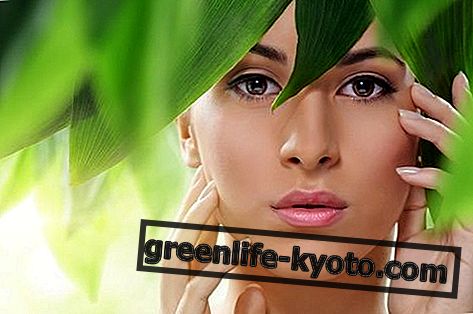
What organic cosmetics contain
The categories of ingredients of an organic cosmetic are divided into:
- natural ingredients
- ingredients of natural origin
- water
- additives
The natural ingredients include the substances of vegetable, animal and mineral origin obtained without chemical transformations while the ingredients of natural origin are substances of vegetable, animal or mineral origin transformed with chemical processes authorized by the organic certification standards.
The additives include preservatives, pH regulators, fragrances and ingredients that make the product more stable, safe and pleasant.
In order for a cosmetic to be considered organic, at least 10% by weight of the total ingredients of the finished formulation must be certified organic (excluding water) and the additives must not exceed 5% of the total ingredients.
Deepen the properties of shea butter, one of the ingredients of organic cosmetics

Prohibited substances
Organic certified cosmetic products must comply with very strict regulations in which the substances admitted and the substances prohibited in the formulation of the cosmetic are indicated.
The prohibited ingredients in organic cosmetics are more than four thousand and among these we find:
- Silicones and silicone derivatives
- Ingredients that come from GMO crops
- PEG and PPG
- EDTA chelants and derived salts
- Ethoxylated compounds
- Compounds that can give rise to nitrosamines
- Acrylic polymers
- Chemical sunscreens
- Derivatives of aluminum and silicon of synthetic origin
- Mineral oils
- Benzene
- Hexane
- Propylene Glycol
- Butylene Glycol
- Glycerine of animal origin
- Substances of petrochemical origin
- Ingredients treated with ionizing radiation and radiation with electrons
- Dyes of synthetic origin
- Synthetic perfumes or chemically modified natural perfumes
- Some ingredients of animal origin such as collagen and placenta
- Substances that can cause environmental and ecological damage
The ban on including these substances makes biological products safer, so that they can also be used by pregnant women.
The ingredients of animal origin in organic cosmetics
Organic natural cosmetics do not contain parts and organs of animals and only animal substances are permitted which have not caused suffering or suppression of the animal.
Specifically, they fall within the definition of natural ingredient and therefore can be contained in the formulation of a biological cosmetic, carmine, api products (beeswax, honey, propolis and royal jelly), shellac, lanolin, sericin, milk, eggs and derivatives.
packing
According to various regulations, the packaging of organic cosmetics should be reduced to a minimum and for this purpose, if possible, the products should be designed for multiple use, so as to reduce packaging.
Among the materials used for packaging are those potentially dangerous for health ( halogenated plastics, polyvinyl chloride, bakelite, plastic materials that release dioxins during combustion). Recyclable materials deriving from renewable sources are to be preferred.
Certification of organic cosmetics
Organic cosmetics, as well as organic foods, are certified by special authorized bodies that issue a certification after specific checks and controls; the certification of cosmetics is not mandatory, it is issued at the request of the producers and is paid.
Unlike food products, for cosmetics there is no single European standard and a common brand that helps consumers to immediately recognize an organic cosmetic: each body adopts its own regulation and issues its own brand.

